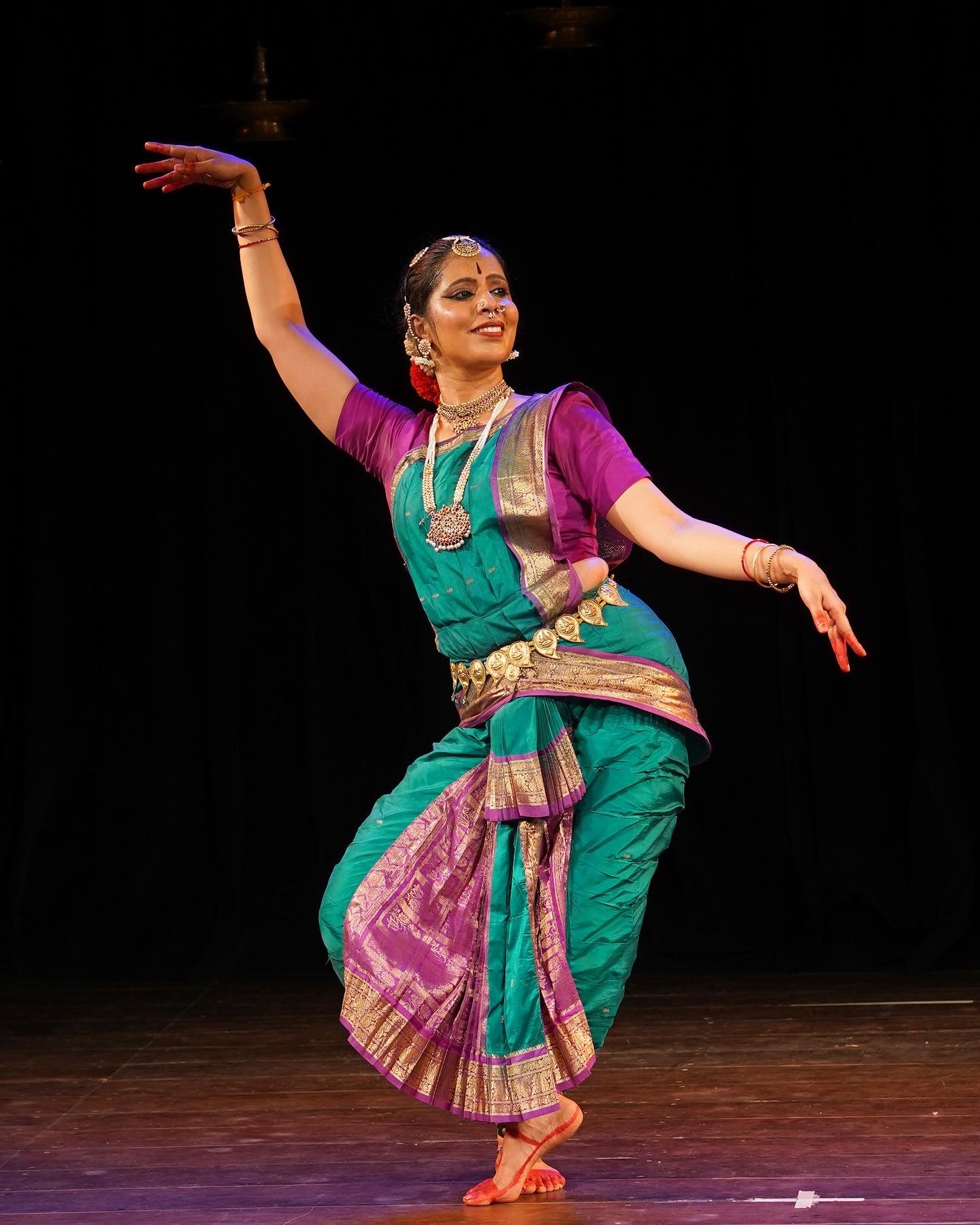We have often noticed a practise in cultural presentations where an obeisance is offered to the divine idol that is placed on the stage. Yes, it is a part of Indian culture to seek the blessings of the highest power before commencing an auspicious work but apart from this, there is also a shastric significance as why it is important to do this before we commence a performance.
During the Natyasastra period when sage Bharata understood and practised the shastra in its entirety along with his students, he then approached the creator- Lord Brahma. As per the Lord’s suggestion, he arranged for a demonstration of his understandings through a dramatic performance. In the festival of flagstaff, boosting the victory of Mahendra the annihilation of Asuras and Danavas was portrayed showcasing the way the challenges were imposed and how the daityas were defeated. Brahma and Devas were delighted with the performance and gave away all sort of gifts to the performers. During then, the daityas who had gathered there were furious and started creating a havoc to the performers and the performing space. Lord Indra rose up angrily wielding the banner staff – Jarjara and all the vignas hovering the stage was beaten to death. The Devas were extremely delighted at the death of vighnas. From then onwards the prayers are offered to Jarjara to ward off the evil.
Along with this, an arrangement was also done for the protection of Playhouse. Lord Brahma instructed each deity to take care of certain portions of the play house so that no evil can abrupt the play. Example Mood god protects the main building, Wind god protects the four corners, the four varnas have been engaged in the protection of pillars, Mitra will take care of green room and others. Like this each deity was assigned the job to protect the play house and also the artists.
While this was for the play house, there are other ceremonies which needs to be performed before the commencement of the program. The Natyacharya plays an important role to consecrate the playhouse. He has to observe fast for three days and follow the procedure to install the deities. The mandala (mystic diagram) is drawn in accordance with the injunctions at the due place. Lord Brahma is installed in the middle, Shiva to be installed in the east, along with other deities like the sun god, Narayana, Sarasvathi, Lakshmi and others. Like this, different deities are installed in different directions and the puja is offered to them along with the Naivedya. The procedure of Havan is followed with the mantra recitation. Like this, the shastra states a detailed procedures that needs to be followed to avoid any kind of obstacles during the performance.
This tradition of offering prayers to the lord during the dance performances is continued till date. The lord of dance Nataraja idol is placed on the stage and the guru performs the pooja. Though in recent times the offering doesn’t happen exactly as per the shastra yet many traditional gurus follow most of these procedures even now during their performance. It becomes important to realise that there is a meaning and purpose in the tradition that is being followed. The tradition is not a false belief but it is a time-tested data which can be understood only when one connects back to the shastra.
Dr Rashmi Thaper


